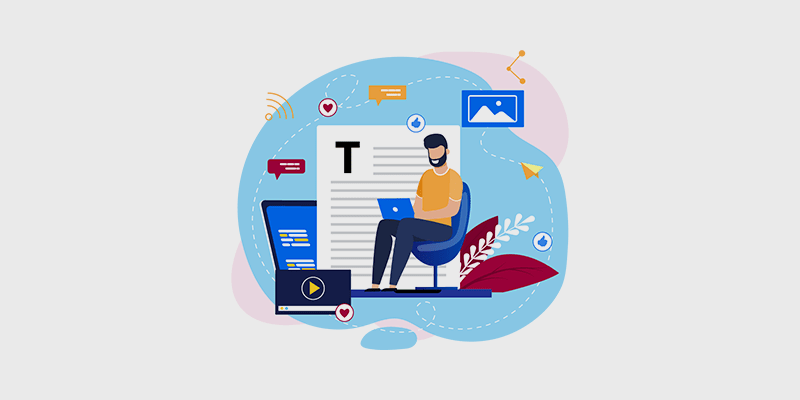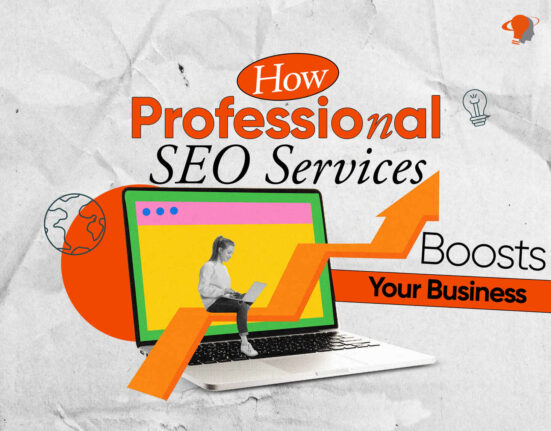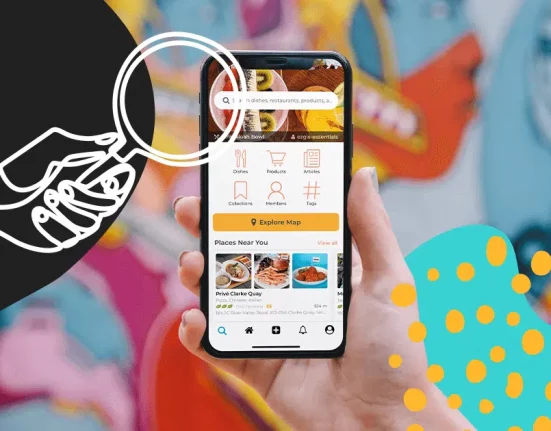Building a loyal base of readers and gaining more traffic is one of the biggest goals of content producers. However, these results require time, organization, and dedication.
To get there, you will have to offer quality content that will hold your audience’s attention. So, below Cheetahpapers provide 10 tips for you to take as a starting point and use to better write and publish your first blog post. Start reading

Brainstorm
Brainstorm is the best early practices to collect possibilities of ideas, issues, and topics for the content that you are writing and publishing later.
At first, don’t worry about delimiting these options too much. Nor be too critical or demanding of yourself.
The goal here is just to explore and let the creative capacity flow, gathering random terms and words that will help in the production of articles.
A very simple way to do this is to take a paper from a pen and start writing down words, terms, and things that relate to the subjects you want to address on your blog.
Once you have an ideal amount of ideas, it’s time to start thinking about the content.
Know Your Audience
Knowing your target audience means that you need to know specific information about the profile of the visitor who accesses your blog.
This includes data such as age group, favorite hobbies, professional occupation, education level, and also social class.
Thus, you can produce more assertive content, with an approach and language aimed at these reader profiles.
The idea is to set up and follow an editorial line that fits with most of these users so that they receive content strategically designed for them.
Depending on the purpose of your blog, the subjects you are going to publish on it, and the profile of your visitors, content writing always fluctuates between the formal and the more informal tone.
Just don’t fall into the trap of writing anyway, as the chances are unlikely to please readers are very high.
Sketch Content
This is the time to define what types of topics and subjects you’ll cover in the content.
With a sketch, you create a kind of draft with the flow of information, paragraphs, and ideas that you must complete as you write.
A traditional scheme to follow and that works for any level of writer, whether beginner or experienced, is:
- Introduction It is a strikingly brief text, with a maximum of one or two paragraphs, that initiates a conversation with the reader, presenting the purpose, the delimitation, and what he can expect from the published content.
- Development It is the main part of any text. As it is more elaborate, it requires a much more detailed delimitation of the topics and subjects covered in the production of the content. This is where the ideas of the content are developed with meaning and context and are also usually accompanied by some argument or opinion from the author.
- It is not very recommended to repeat ideas shown before, but it is necessary to close everything that was presented in the article.
Start Writing
The simple act of starting to write can be a great pleasure or a terrible nightmare.
Whether you are a beginner or already experienced in practice, starting a text from scratch, just with the intention of the content and the delimitation of the theme and topics, is one of the biggest challenges that an author can encounter.
The suggestion here is to write down everything in your head, considering the use of words, expressions, phrases, and ideas in full.
Always trying to make a connection that makes sense between one paragraph and another, creating a kind of hierarchy of information importance.
Since speaking is easier than doing, at first, don’t worry too much about what you write. With a first draft version finalized, it is possible to edit, organize, and rewrite the article information later.
For this reason, do not be in a hurry and do not cover much about your type and fluency of writing.
Use Phrases and Short Paragraphs
Writing well and properly does not mean using long sentences and long paragraphs to explain your ideas.
Instead, unfold the knowledge you want to share into smaller topics, shortening sentences, and breaking paragraphs into fewer lines.
You are writing for an internet audience. So, the proposal has to be different from paper content readers.
The reading experience itself is completely different and, the more objective and precise, the better the fluency of consumption of the text.
The ideal is to follow a standard of a maximum of three lines for each paragraph written. Try to maintain that balance in the article, sometimes leveling it with one line more or less.
And, always, skip a blank line when starting another paragraph. The goal with this is not to pile up too many lines while providing visual relief for those reading the content.
Choose an Impact-full Title
The title is the location of your content where the reader will first set eyes.
Therefore, it is recommended to choose impact words that present the subject of the article and, at the same time, encourage the user to access the content.
One way to do this more assertively is to use specific terms that act as mental triggers.
These words encourage the reader to want to consume the content, whether by arousing a desire, being persuasive, creating a mystery, or making a promise.
But, you need to be careful and use common sense when using these triggers. The ultimate goal is always to inform the user.
Use Images and Videos
One way to enhance your content is with media files. Those are photos, videos, and even gifs.
In addition to making the article more visually appealing, these features add information with entertainment without having to write any extra words.
Other than that, media content also brings lightness to the reading fluency of the text. They break the sequence of paragraphs with informative, flashy, or funny materials.






